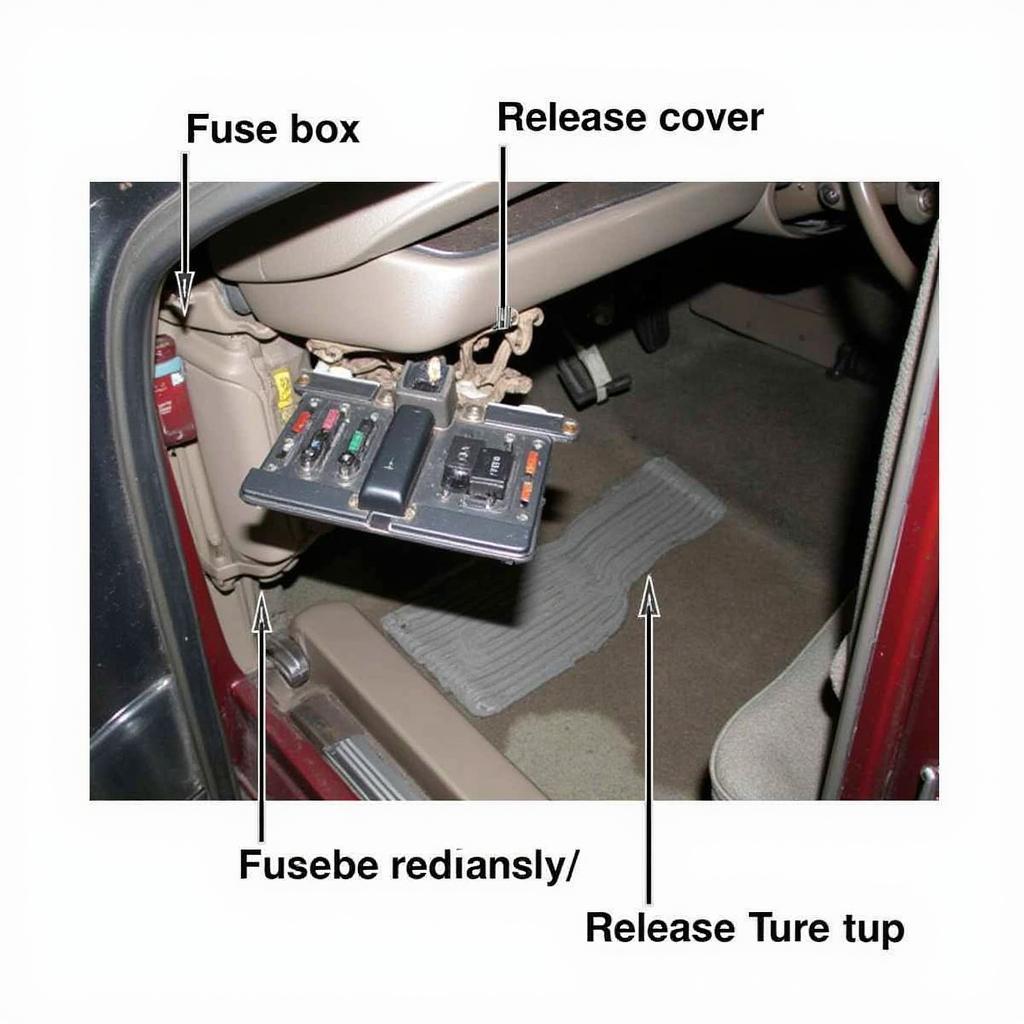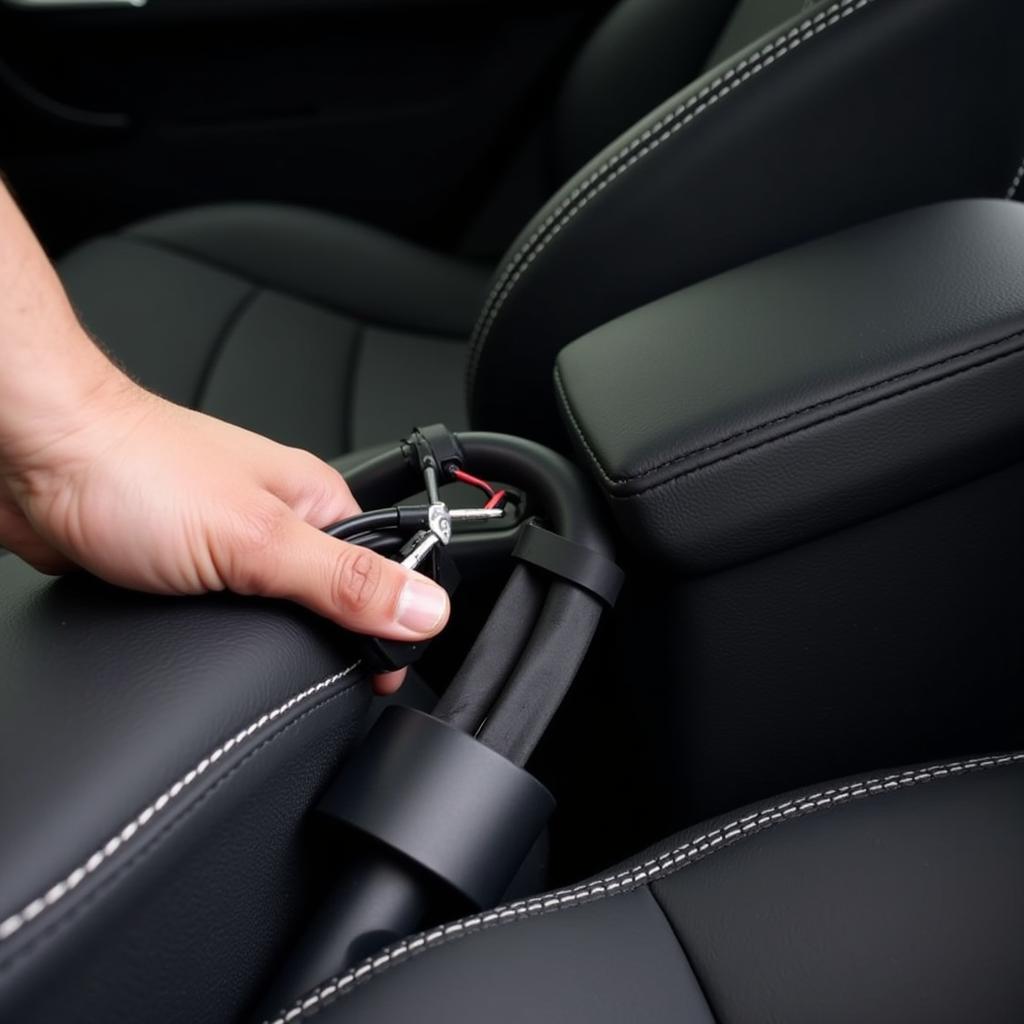The brake warning light on your dashboard is a crucial safety feature, especially in a 2006 Chevy Equinox. When illuminated, it signals a potential issue with your braking system that needs immediate attention. Ignoring this warning could lead to reduced braking performance and increase the risk of an accident.
This comprehensive guide delves into the common reasons why your 2006 Chevy Equinox brake warning light might be on and provides potential solutions to get you back on the road safely.
Understanding Your Brake Warning Light
The brake warning light in your 2006 Chevy Equinox can illuminate for several reasons. While a simple issue like a disengaged parking brake is often the culprit, more serious problems requiring professional attention are also possible.
Here are some common causes:
Low Brake Fluid: A Common Culprit
One of the most frequent reasons your brake warning light turns on is low brake fluid. Brake fluid is the lifeblood of your braking system, transmitting force from the brake pedal to the wheels.
Over time, brake fluid levels naturally decrease as brake pads wear down. However, a sudden drop in fluid level often points to a leak, which needs immediate attention.
Checking Your Brake Fluid Level
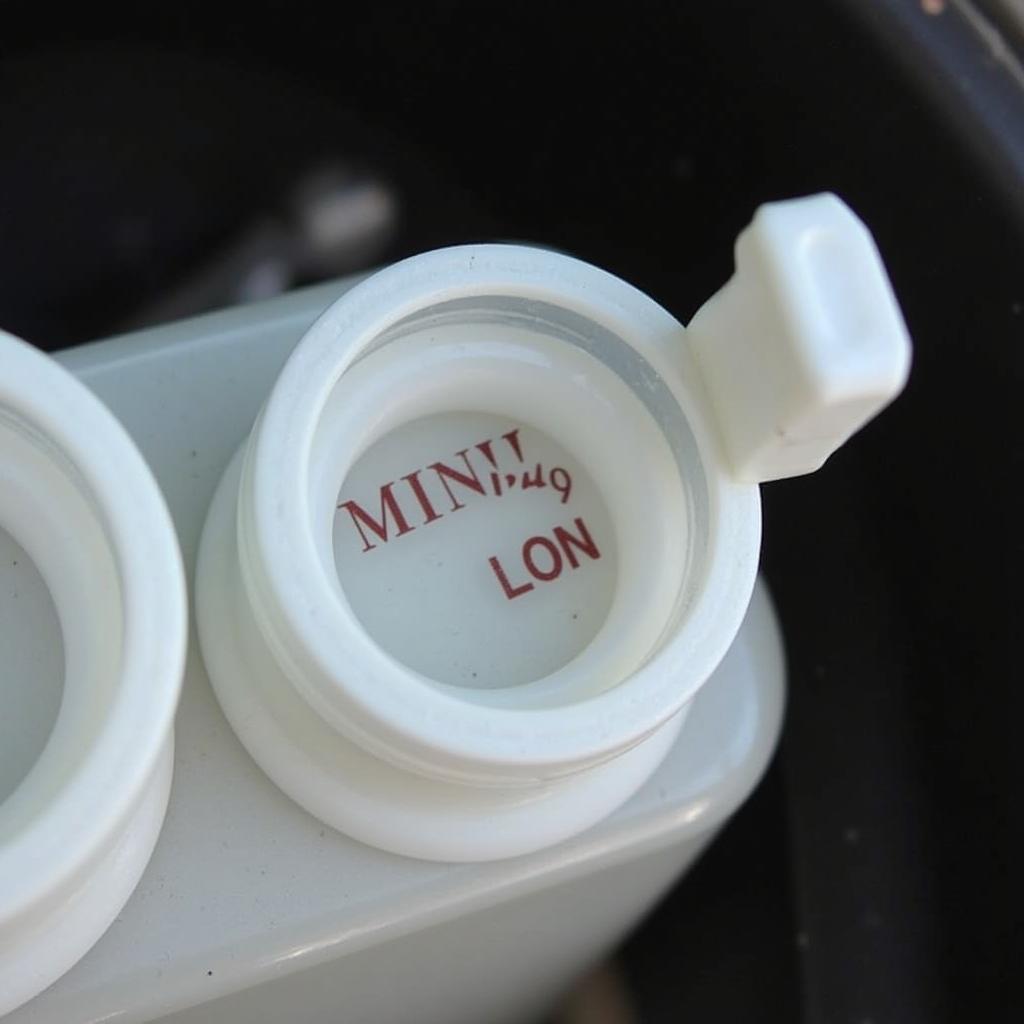 2006 Chevy Equinox Low Brake Fluid Level
2006 Chevy Equinox Low Brake Fluid Level
-
Locate the brake fluid reservoir: Open the hood and find the reservoir, usually located on the driver’s side toward the firewall. It’s a small, translucent container with a black cap.
-
Check the fluid level: Most reservoirs have “MIN” and “MAX” lines. Ensure the fluid level sits between these lines. If it’s low, add the correct type of brake fluid specified in your owner’s manual.
-
Inspect for leaks: While checking the fluid level, look for any signs of leaks around the reservoir, brake lines, and near the wheels. If you spot a leak, seek professional help immediately.
Worn Brake Pads: Time for a Replacement
Brake pads are designed to wear down over time. As you apply your brakes, friction between the pads and rotors generates the stopping force. This friction gradually wears down the pads.
When the pads wear thin, a sensor embedded within the pad material can trigger the brake warning light.
Recognizing Signs of Worn Brake Pads
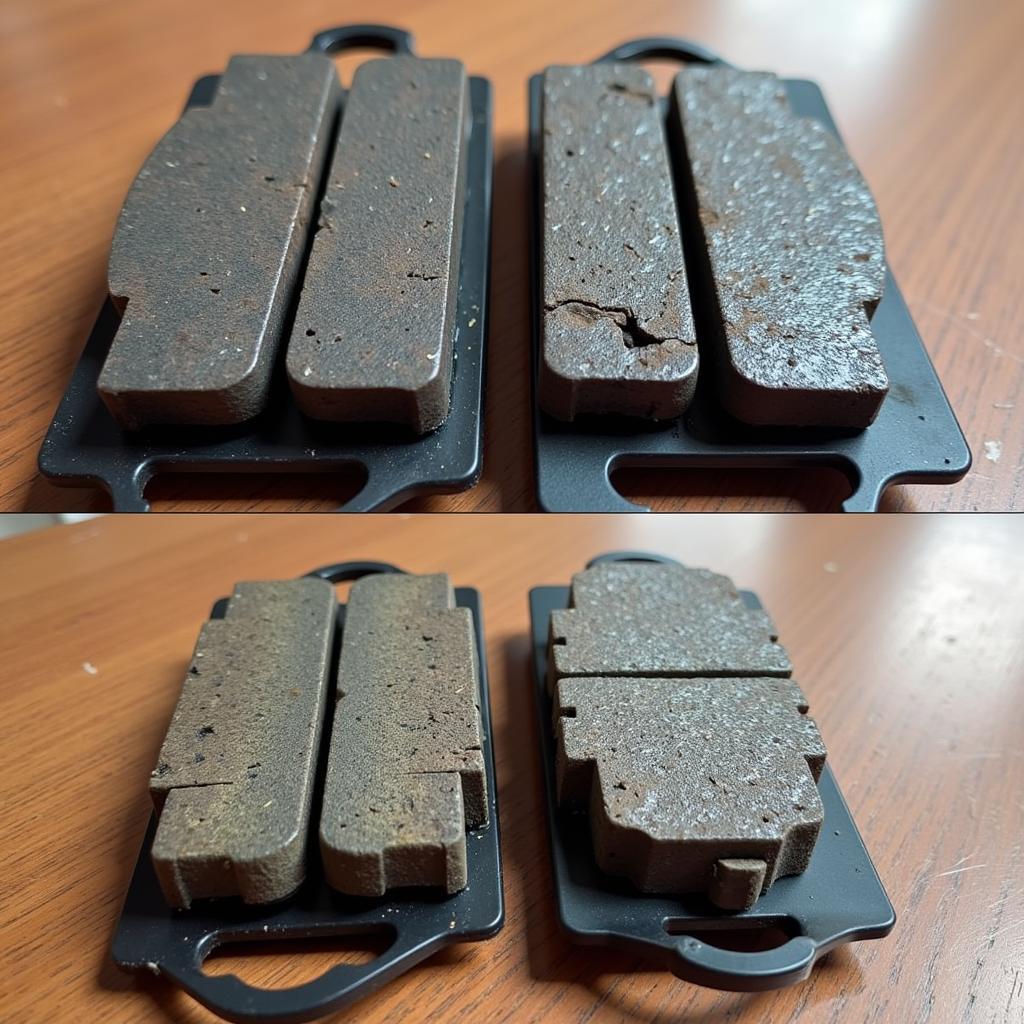 Comparison of Worn and New Brake Pads
Comparison of Worn and New Brake Pads
Beyond the warning light, here are other indicators of worn brake pads:
- Squealing or screeching noises when braking
- Grinding sounds when braking
- Vibrations felt through the brake pedal
If you experience any of these symptoms, have your brake pads inspected and replaced if necessary.
Faulty Brake Sensors: A Potential Trigger
Modern vehicles like the 2006 Chevy Equinox use brake pad wear sensors to monitor pad thickness. These sensors are small wires embedded within the brake pad material.
When the pad wears down to a certain point, the sensor makes contact with the brake rotor, completing a circuit and triggering the brake warning light.
Diagnosing a Faulty Brake Sensor
While a lit brake warning light often indicates worn brake pads, a malfunctioning sensor can also be the cause. If your brake pads are relatively new and you suspect a sensor issue, it’s best to have the system diagnosed by a qualified mechanic.
ABS Issues: Addressing Anti-lock Brake Problems
Your 2006 Chevy Equinox is equipped with an Anti-lock Braking System (ABS). This system prevents wheel lockup during hard braking, improving vehicle control and stability.
If the ABS system encounters an issue, a dedicated ABS warning light usually illuminates. However, in some cases, it can also trigger the general brake warning light.
Signs of ABS Problems
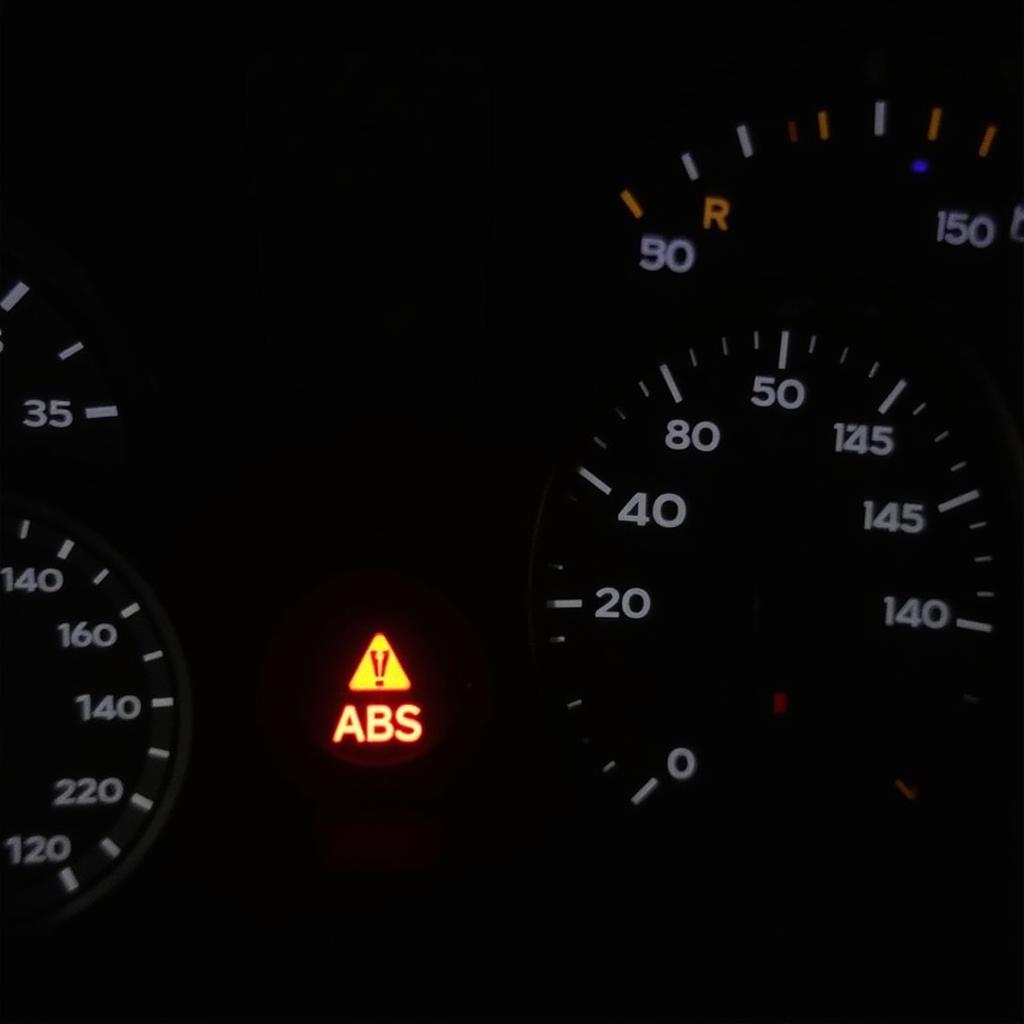 ABS Warning Light Illumination
ABS Warning Light Illumination
Apart from the brake warning light, here are other signs of potential ABS problems:
- The ABS light is on.
- Unusual noises or vibrations during braking.
- The ABS system engages unexpectedly.
If you suspect an issue with your ABS system, consult a qualified mechanic to diagnose and repair the problem.
Conclusion: Prioritizing Your Safety
Addressing your 2006 Chevy Equinox brake warning light promptly is crucial for ensuring your safety and the well-being of others on the road. While a simple fix like adding brake fluid or replacing worn brake pads might suffice, never ignore this warning.
If you’re uncertain about diagnosing or fixing the issue yourself, seek professional help. Remember, a well-maintained braking system is fundamental for safe driving.

